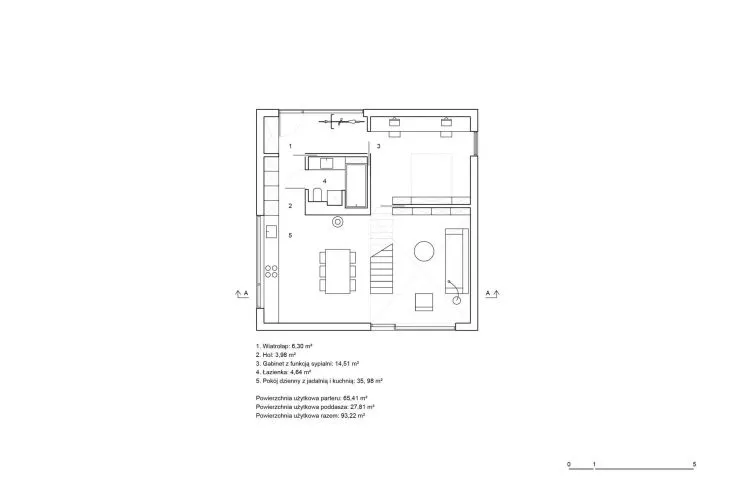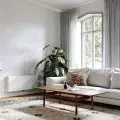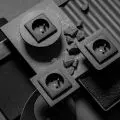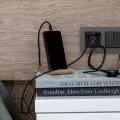Katarzyna Furgalińska and Łukasz Smolarczyk, architects from the Katowice-based SUPERGUT STUDIO studio, designed the energy-efficient FINN building - a contemporary interpretation of a Finnish cottage.
Found mainly in Upper Silesia, Finnish houses are wooden single-family homes imported from Finland, acquired in the 1950s in exchange for coal and coke. And although these prefabricated buildings were only meant to temporarily help deal with the housing famine, some of them still stand today, representing a monument to post-war architecture.
Finnish houses
© SUPERGUT STUDIO
The original Finnish houses were simple wooden blocks covered with a gabled roof. On the first floor there was a kitchen, two smaller rooms and a bathroom, and on the first floor there were two medium-sized rooms. The contemporary version of the house according to SUPERGUT STUDIO's design is not only inspired by the form of its predecessors, but also based on similar assumptions, being, as the authors of the concept emphasize, a viable, economically accessible alternative to a typical city apartment, while using the latest technology and meeting all standards of ecological housing.
© SUPERGUT STUDIO
The building 's 9 × 9 msquare floor plan allows the house to be placed on any plot and optimally positioned in relation to the world's sides. As the authors of the project write, the use of a single plumbing and sanitary core and freeing the interior from structural elements, allows to modify the layout of the rooms at will.
Ola Kloc: Where did you get the idea to design a contemporary version of Finnish houses?
SUPERGUT STUDIO: In Silesia, where we operate, several colonies of Finnish houses built after World War II have survived. We have always pursued them with considerable sentiment. They are something quite unique in the Polish landscape - modest, functional, consistent with each other, and extremely timeless. Inspired by conversations with many of our friends and clients looking for an idea for a cheap, functional and easy-to-build house, we decided to take the Finnish cottage as a starting point for a system house design responding to these needs. Although we relied on similar assumptions and referred to a traditional block, the technologies, materials and spatial layout used are fully contemporary.
Ola: What was the biggest challenge in this project?
SUPERGUT STUDIO: There were several challenges, but perhaps the biggest at the concept stage was finding a compromise between repetitiveness and variability. We decided that the unchangeable element would be the massing and structural scheme, variant to some extent is the layout of the interior, the arrangement of window openings, finishing materials.
variants of the first floor plan
© SUPERGUT STUDIO
Ola: The house is designed in prefabricated timber frame technology, what made you decide to choose such a construction?
SUPERGUT STUDIO: Prefabrication includes all elements of the house: exterior walls, partition walls, ceilings, roof structure. The most important element of the structure is chamber-dried wood, four-sided planed and chamfered, KVH and BSH grade, CE-certified, which is an indicator of the highest quality. Such factory-dried wood is resistant to deformation and maintains dimensional stability, does not require chemical impregnation, and the drying process protects it from moisture absorption and makes it resistant to pests. Four-sided beveling and planing of the wood makes it resistant to fire.
The installation itself on the plot takes only a few days. Compared to traditional construction, which takes several months and requires ongoing organization of materials, coordination of multiple contractors and keeping an eye on the construction site, this is not only a significant time savings, but also a guarantee of attention to detail and predictability of costs.
Thanks to its compact body and the use of "warm" materials, FINN easily meets the criteria for an energy-efficient house, providing pleasant coolness in summer and exceptional insulation in winter with minimal heating/cooling costs.
Ola: Thank you for the interview!






















































